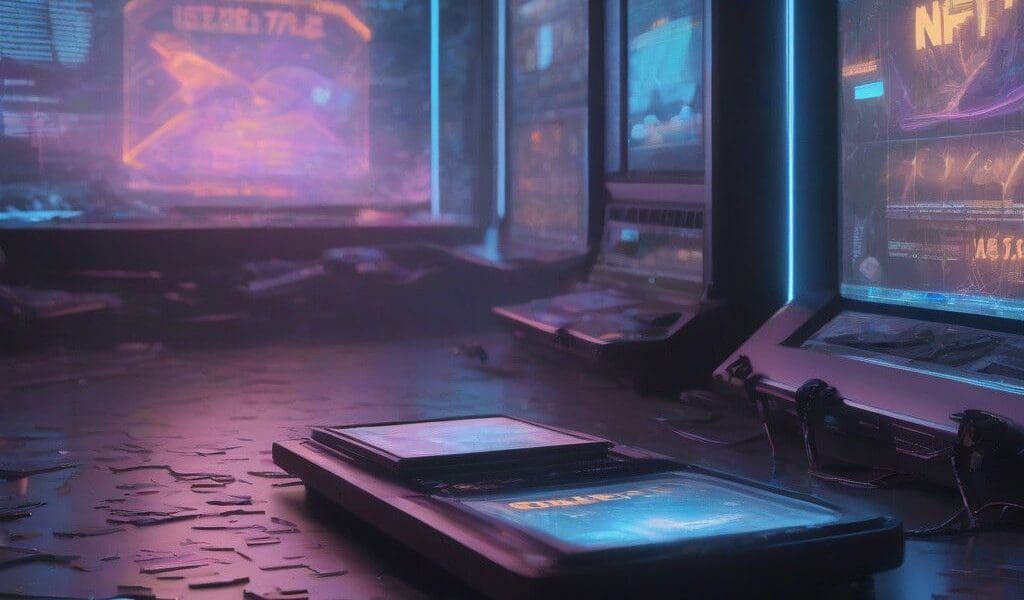Most NFT Collections Now 'Dead' in 2024: A Grim Outlook for Investors
The NFT market, once brimming with potential and exuberance, is witnessing a stark downturn in 2024, with alarming statistics that reflect its diminished vitality. A recent study conducted by NFT Evening reveals that an astonishing 96% of over 5,000 NFT collections have effectively become inactive, characterized by a lack of trading activity, sales, or social media engagement lasting over a week. This contraction marks an average lifespan for NFT collections at a mere year, starkly contrasted with the more robust duration typically observed in traditional cryptocurrency projects.
The events of 2023 paint a dismal picture for NFT enthusiasts. Reports indicate that nearly 30% of NFT projects collapsed during the year, leading to an increase in dissatisfaction among owners, almost half of whom experienced losses. This dramatic decline invites scrutiny into the factors driving such persistent downturns in the NFT space.
Notable Cases and Market Performance
Despite the overarching decline, certain collections, like Azuki, have managed to provide returns, yielding a remarkable 2.3x ROI for token holders. However, these successes are overshadowed by the staggering collapse of other notable collections. For instance, Pudgy Penguins, once a fan favorite, recorded a staggering 97% drop in value, emblematic of the broader market struggles.
The decline is not merely a reflection of individual project failures but rather indicates a systemic issue within the NFT ecosystem. Investors are increasingly recognizing the inherent risks associated with purchasing into collections that lack utility or genuine community engagement. The shift from speculative investments to more grounded, sustainable approaches appears urgent.
Examining Market Dynamics and Future Outlook
Market analyses suggest that the NFT sector requires more than just innovative artwork or celebrity endorsements to succeed. Experts are advocating for a re-evaluation of strategies surrounding project development. Sustainability and long-term viability need to become the new paradigms over quick profits and superficial media hype.
Recent discussions among industry insiders call for a more strategic focus on building robust communities around projects. Successful NFT collections typically exhibit an engaged user base, where members contribute to the project’s ecosystem and wellness. This engagement can take many forms, such as consistent updates, community events, or partnerships with established entities within the crypto space.
A pressing concern is whether the NFT hype was simply a trend rather than a fundamental shift in how we view digital ownership. As interest wanes, the implications for creators and investors alike cannot be understated. The market has clearly reacted to speculative bubbles, diminishing returns, and the initial fervor that characterized the early days of NFTs.
The Path Forward
For those still navigating the NFT landscape, prudence is key. Engaging with projects that demonstrate potential for real-world utility and solid community backing is essential. It is worthwhile to consider why certain collections maintain relevance while others falter. Keeping abreast of emerging trends and aligning with projects focusing on quality and community engagement can help investors avoid the demise experienced by many collections.
In summary, the NFT landscape is in a period of uncertainty, marked by declines reminiscent of traditional market corrections. For potential investors, it may not be about illegitimate projects but about forming connections with those that spark genuine interest and community focus. In this transformative time, returning to foundational principles of value creation may very well resurface the power and potential that NFTs originally promised.








